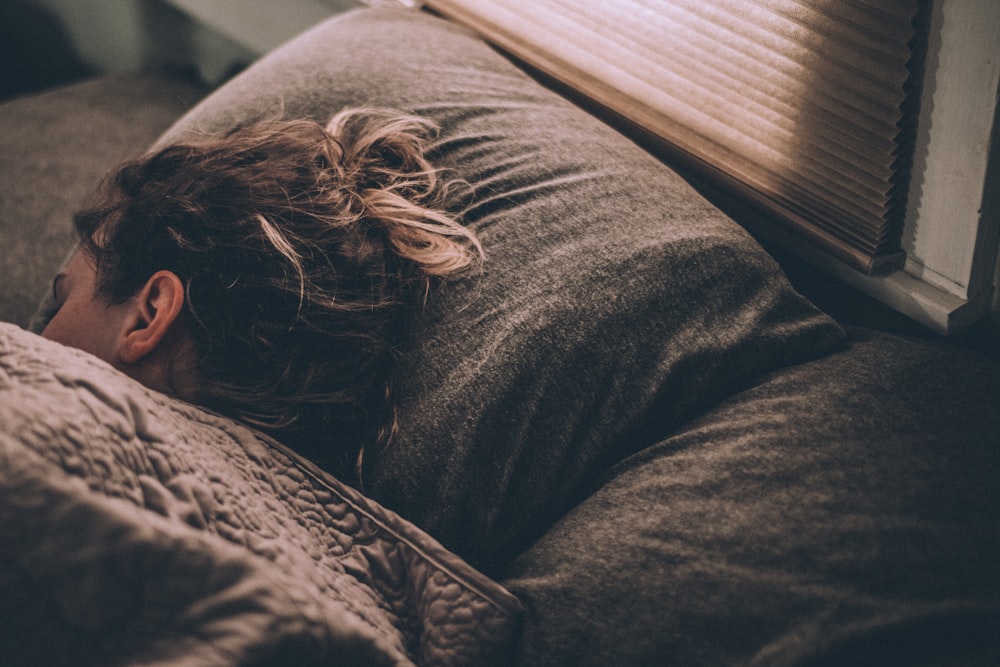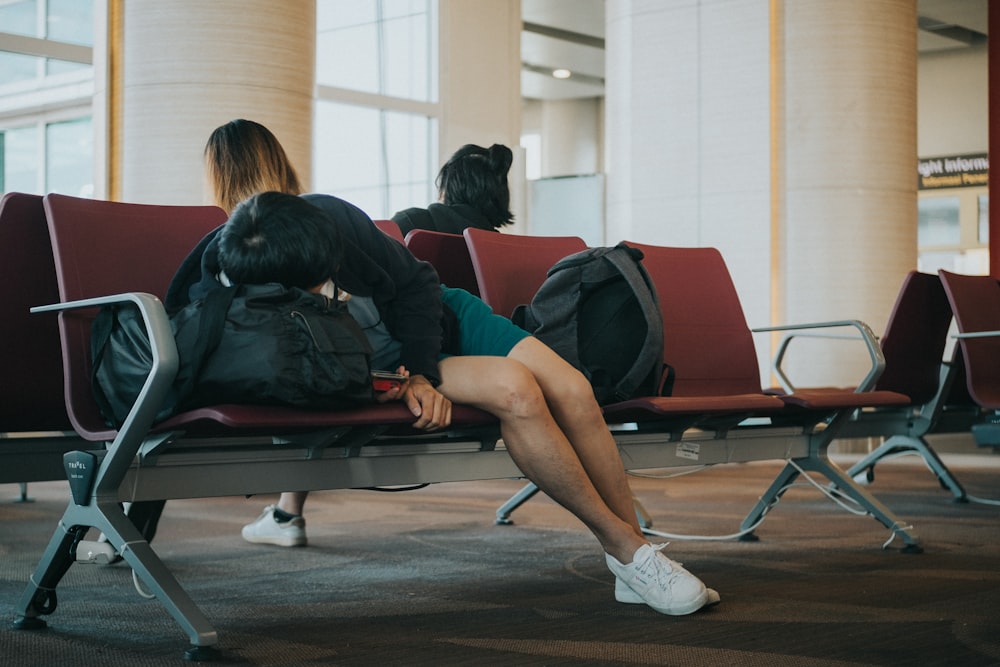FREE SHIPPING OVER $99
- Home
- Blog
- Fitness & Lifestyle
- Mastering the Clock: A Comprehensive Guide to Overcoming Jet Lag on Long-Haul Flights

Mastering the Clock: A Comprehensive Guide to Overcoming Jet Lag on Long-Haul Flights
Embarking on a long-haul flight is an exciting adventure, but the effects of jet lag can cast a shadow over the experience. Crossing multiple time zones can disrupt your body’s internal clock, leaving you fatigued, disoriented, and struggling to adapt to the new time zone. However, with strategic planning and evidence-based strategies, you can minimise the impact of jet lag and ensure a smoother transition to your destination. In this comprehensive guide, we’ll explore key tips backed by scientific research to help you beat jet lag and make the most of your long-haul journey.
Understanding the Science Behind Jet Lag:
Jet lag is a common phenomenon experienced by travellers due to rapid changes in time zones which disrupts the body’s natural circadian rhythm, and has both short-term and long-term impacts. As jet travel increases for commercial, military, and governmental purposes, it is important to understand the symptoms, health outcomes, and safety implications that jet lag can cause.
The most commonly experienced symptoms of jet lag include difficulty initiating or maintaining night time sleep, daytime sleepiness, decreased alertness, loss of concentration, impaired performance, fatigue, irritability, disorientation and depressed mood. These can lead to decreased energy levels and poor judgment which can affect performance in many areas including business meetings or on athletic fields due to poor reaction times. Jet lag also poses a public safety risk as it affects diplomats and military personnel who are heavily involved in global transportation. Long-term exposure to jet lag can increase risk of developing other chronic health conditions such as cognitive decline in aging adults [5]. Furthermore frequent business travellers may be at higher risk for cardiovascular disease due to disruption of sleep patterns [6]. Therefore, frequent air travel should be monitored closely with consideration given to minimising its negative impacts through preventive strategies such as proper diet modifications or making time for adjusting upon arriving at your destination.
Circadian Rhythms and the Internal Clock:
The circadian rhythm plays a pivotal role in various physiological processes. This includes its influence on sleep, body temperature regulation, eating and digestion patterns, and hormonal activity. Housed within the hypothalamus of the brain, the master circadian clock consists of a cluster of proteins known as the suprachiasmatic nucleus (SCN).
According to the Centres for Disease Control and Prevention (CDC), the nation’s health protection agency, and the National Institute of General Medical Sciences (NIGMS), which supports fundamental research, the SCN functions as the core orchestrator of the circadian rhythm. In a healthy adult, this internal body clock resets, or “entrains,” approximately every 24 hours based on the natural cycles of light and darkness.
For a healthy individual, waking up in the morning, triggers a gradual increase in tiredness throughout the day. The culmination of this natural process results in heightened feelings of sleepiness in the evening, coinciding with the onset of darkness.
It’s important to note that an individual’s sleep rhythm is not static but undergoes changes and evolution over time. Adolescents, for instance, commonly experience a shift in their sleep patterns, often going to bed later compared to both younger children and adults. As individuals age, there is a tendency to adopt earlier bedtimes and wake-up times, reflecting the natural progression of the circadian rhythm across the lifespan.
To effectively combat jet lag, it’s crucial to understand the science behind it. The body’s internal clock, known as the circadian rhythm, regulates various physiological processes, including sleep-wake cycles, hormone production, and body temperature. When you traverse multiple time zones, your circadian rhythm struggles to synchronise with the new day-night cycle, leading to jet lag symptoms.
Preparing for Departure:
– Adjust Sleep Schedule:
Start adjusting your sleep schedule a few days before your departure. Gradually shift your bedtime and wake-up time to align with the time zone of your destination.
– Hydration:
Begin hydrating well before your flight. Dehydration can worsen jet lag symptoms, so ensure you’re adequately hydrated in the days leading up to your journey.
Long trips away from home can lead to dehydration as travellers may make the conscious decision to reduce their water intake in order to avoid bathroom breaks. However, drinking plenty of water during travel is essential for avoiding jet lag or travel fatigue. Indeed, staying hydrated with enough fluids during a journey can help manage any discomfort caused by these symptoms. To make this easier, carry an empty refillable bottle such as a LifeStraw through airport security so it can be refilled once inside the terminal or at shops in-flight if available; otherwise, purchasing bottled water within the terminal would suffice. Also try to continue following sensible hydration techniques after you have arrived in order to ensure that your body has rehydrated sufficiently after any periods of dehydration due to the travel itself.
In-Flight Strategies:
– Stay Hydrated:
Dehydration is a common issue during air travel. Consume water regularly throughout the flight and limit your intake of caffeine and alcohol, as they can contribute to dehydration.
When traveling, it is very important to stay hydrated to have a successful and enjoyable trip. During long-distance travel, dehydration is common. Due to this, many travellers try to avoid drinking too much water in order to avoid bathroom breaks. However, this choice should not be taken lightly; proper hydration can help manage jet lag symptoms and travel fatigue so that you arrive at your destination feeling refreshed and ready to explore.
– Strategic Light Blocking:
Light exposure plays a crucial role in regulating circadian rhythms. Use light-blocking sleep eye masks and curtains during the flight to control exposure to cabin lighting and consider using a lightbox upon arrival to help reset your internal clock. Dreamlight’s acclaimed sleep-aid technology, brought to you by Smart Wellness. With Dreamlight, you can rely on cutting-edge sleep masks designed for optimal comfort and 100% light-blocking capabilities. Wherever you rest your head, these exceptional sleep masks promise a tranquil and rejuvenating sleep experience, making them an essential companion for your journey towards better sleep and overall wellbeing.
– Sleep Aids and Supplements:
While sleep aids and supplements can be helpful, it’s essential to consult with a healthcare professional before using them. Melatonin supplements, when taken at the appropriate time, may aid in regulating sleep patterns.
Arrival and Adaptation:
– Adjustment to Local Time:
Upon arrival, adapt quickly to the local time zone. Structure your activities, meals, and sleep according to the new schedule to facilitate faster adjustment.
– Exercise:
Engage in light exercise during the flight and incorporate physical activity into your routine upon arrival. Exercise can help regulate sleep patterns and boost your energy levels.
– Smart Use of Caffeine:
Caffeine can be used strategically to combat drowsiness, but avoid excessive consumption, especially close to bedtime.
Overcoming Jet Lag: Fine-Tuning Your Travel Experience
Mindful Nutrition:
– Pre-flight Nutrition:
Focus on a balanced diet leading up to your journey. Nutrient-rich foods can contribute to overall well-being and may positively influence sleep patterns.
– In-flight Nutrition:
Opt for light, easily digestible meals during the flight. Avoid heavy, greasy foods that may disrupt your digestive system and contribute to discomfort.
Mindfulness and Relaxation Techniques:
Incorporate mindfulness and relaxation exercises into your pre-flight routine. Practices such as deep breathing, meditation, or yoga can help reduce stress and promote a calm state of mind conducive to restful sleep.
Utilising Sleep Wearables:
Leverage technology to your advantage by using wearables like noise cancelling earplugs like Otifleks– Otifleks presents a reinvented approach to ear protection. Whether you’re diving into a pool, indulging in a relaxing shower, seeking a peaceful night’s sleep, soaring in an airplane, or striving for concentration in a bustling work environment – Otifleks offers earplugs tailored to your specific needs. Your auditory wellbeing is now in expert hands, providing a solution for every scenario life throws your way.
Otifleks Flier Flight Earplugs in particular, can help to reduce discomfort and increase sleep on a long-haul flight due to their unique micro-filter, which reacts to pressure changes in the cabin to alleviate discomfort. They can be used during take-off, flight and landing, to ensure a disruption-free flight experience.
8. Post-Flight Recovery:
– Natural Sunlight Exposure:
Spend time outdoors and expose yourself to natural sunlight upon arrival. Sunlight is a powerful cue for regulating circadian rhythms and can help expedite the adjustment process.
Conclusion:
Mastering the art of conquering symptoms of jet lag involves a holistic approach that encompasses pre-flight preparation, in-flight strategies, and post-flight recovery. By incorporating evidence-based practices such as adjusting your sleep schedule, staying hydrated, managing light exposure, and embracing technology, you can optimise your travel experience and minimise the disruptive effects of jet lag. Remember that everyone’s body reacts differently, so feel free to experiment with various techniques to discover what works best for you. Safe travels and may your journey be as enjoyable as your destination.
References
1. Circadian Rhythm Sleep Disorders | Sleep Foundation
2. How to Get Over Jet Lag: 8 Tips and Suggestions (healthline.com)
3. Travel tips: Ways to minimize jet lag – Harvard Health
4. How To Travel the World Without Jet lag – PMC (nih.gov)
5. What is jet lag—and how do you get over it? (nationalgeographic.com)
7. Dreamlight – Smart Wellness
Tags
Leave a Comment Cancel reply
SUBSCRIBE
Subscribe to our mailing list so that you can be the first to know about new products and promotions.
© 2024. All Rights Reserved.









